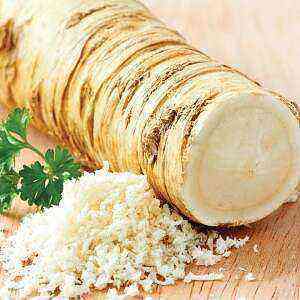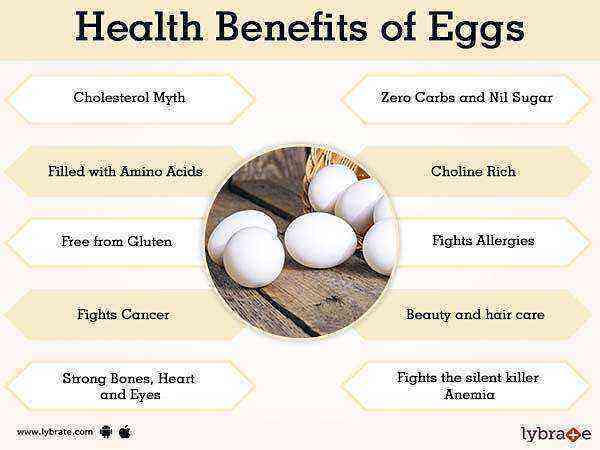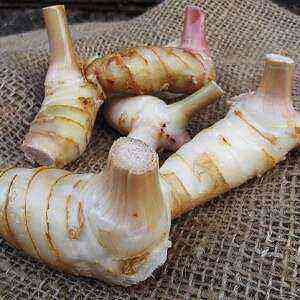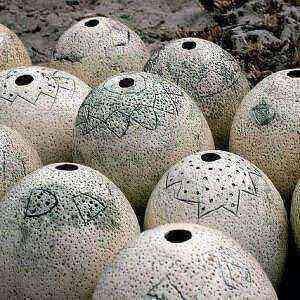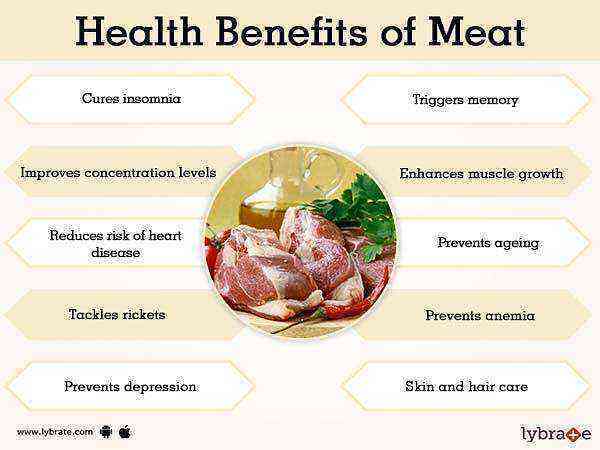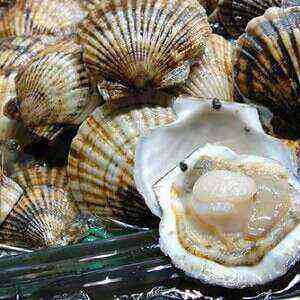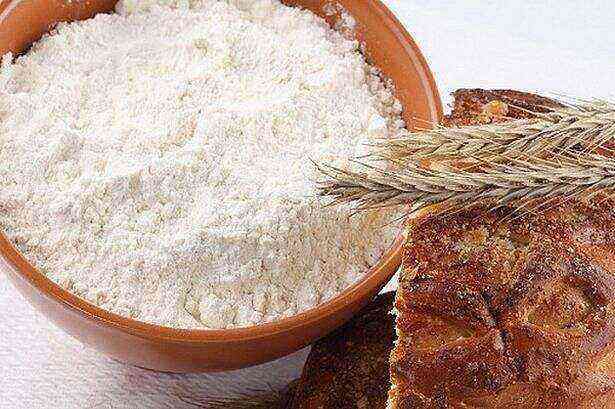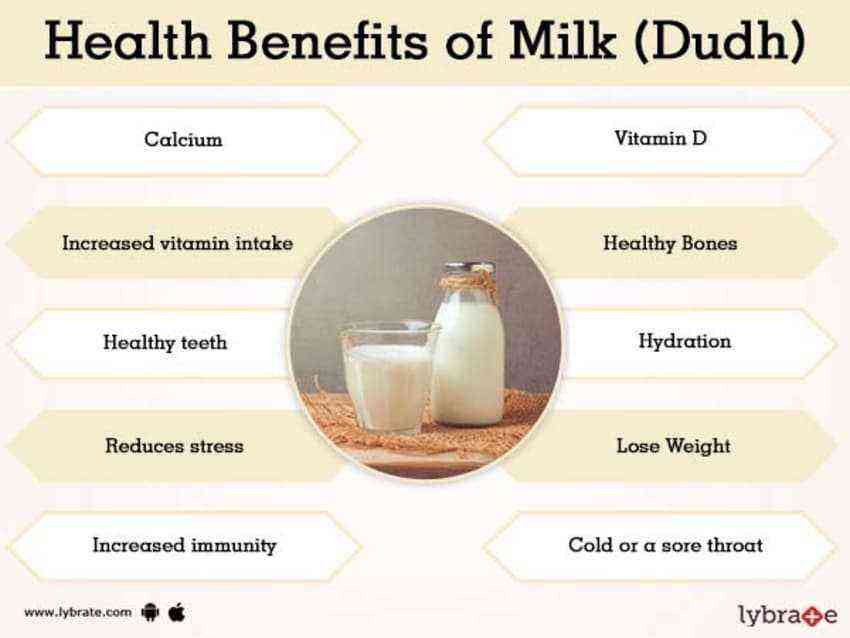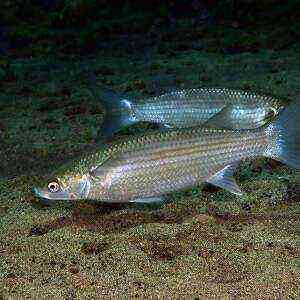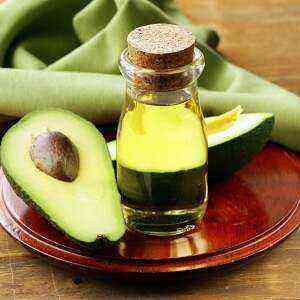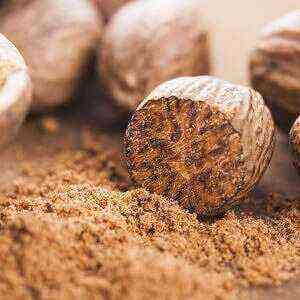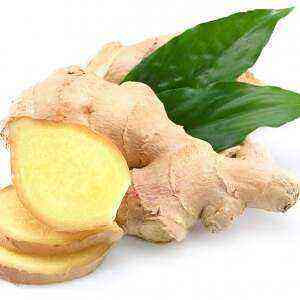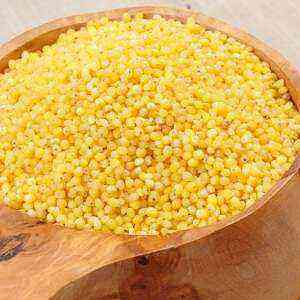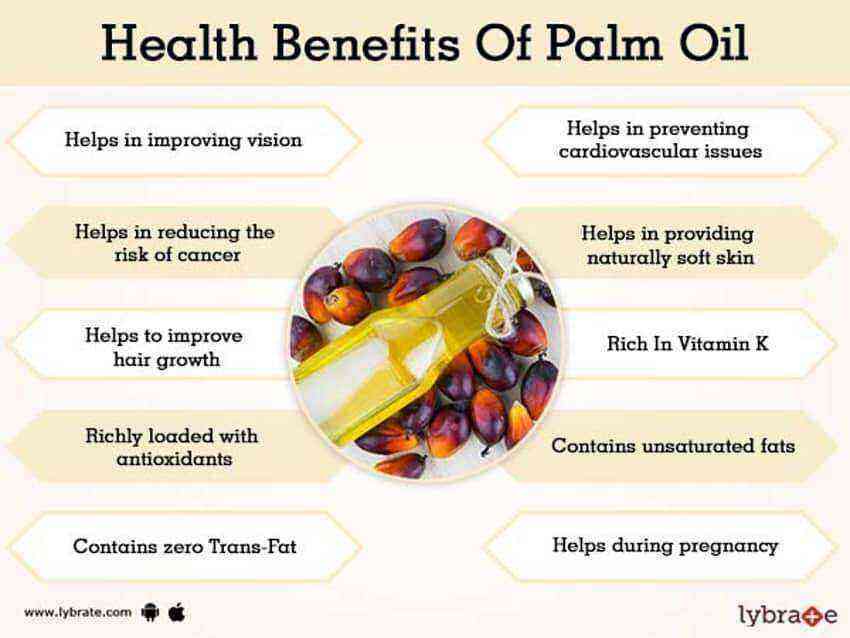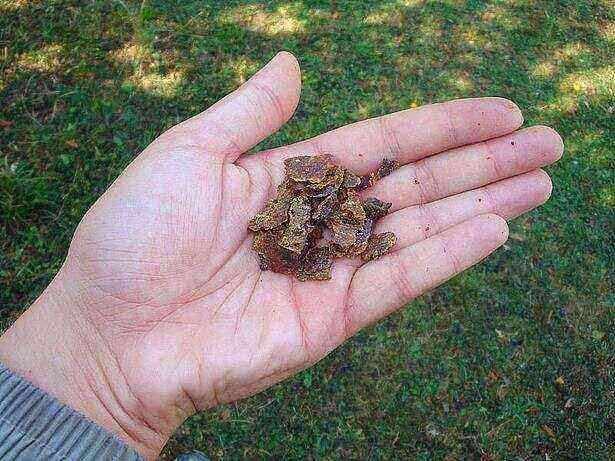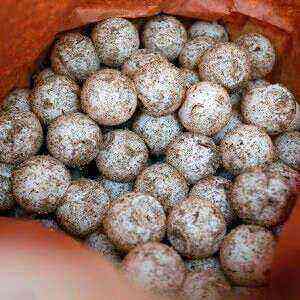
Any turtle product in many countries is valued for its unique taste and healing properties. In many developing countries, turtles have been used for centuries as an affordable food and commodity on which to make good money. All this led to the fact that internationally adopted laws regulating the capture of these reptiles, and the consumption of their eggs in most of the world was banned. Although poachers are rarely stopped by legal aspects. According to some studies, from 100 thousand to 250 thousand turtles are eaten annually in the world. The number of eggs eaten is even higher. Conservationists at Columbia University estimate that in one year, at least 1 million people on the planet regularly or periodically consume turtle meat or eggs.
Why do people eat turtle eggs
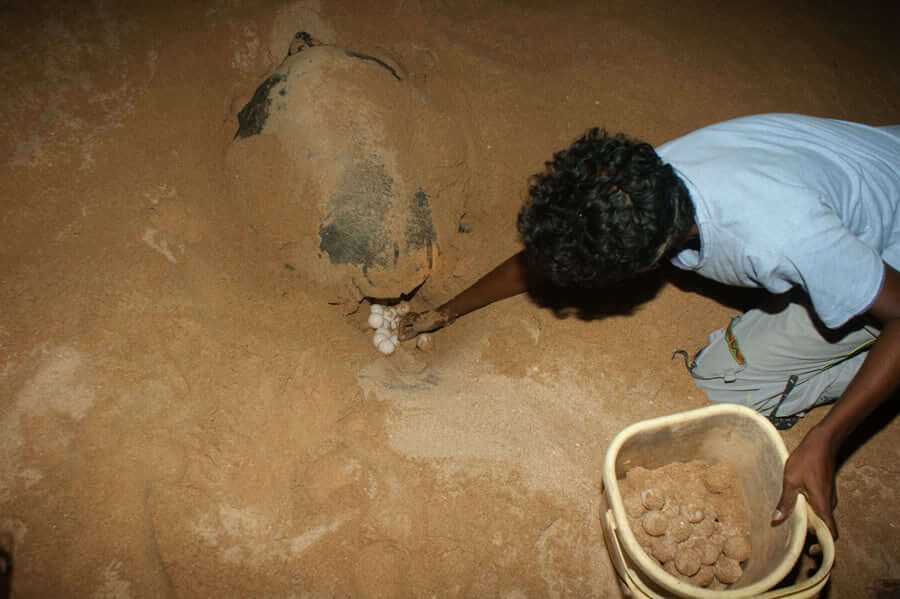
Nutritional characteristics
Eggs of any animal or bird – not just turtles – play a crucial role in maintaining vitality.
They provide the body with essential nutrients. The shell contains calcium, egg white is useful for the immune system and acts as a natural disinfectant, and the yolk is a source of essential nutrients.

This product has a better nutritional balance than other types of eggs. They are small (from 2 cm in diameter and weighing from 5 g, although some weigh even 35 g), perfectly round, with a whitish leathery shell. Many people note the external similarity of the product to ping-pong balls. Each contains egg white and yolk. Compared to chicken or quail eggs, turtle yolk in relation to protein is much larger. Protein, in comparison with chicken, is more viscous and differs in chemical composition. In turtle products, it is composed primarily of the enzyme lysozyme. This substance, by the way, has disinfecting properties, it is useful for strengthening the immune system, and helps fight infections. But egg white is not only a source of nutrients. It is also designed to protect the yolk from bacteria.
Useful components
Proteins
As a low-calorie food (no more than 155 kcal / 100 g) and high in protein, turtle eggs are the ideal nutritional ingredient. Dairy products are also an excellent source of protein, but in addition to proteins, they also contain impressive portions of fat, which is practically absent in turtle eggs.
In addition, if 100 g of chicken or quail eggs contains squirrels within 12 g, then in the turtle product there are more than 14 g. As for fats, in reptile eggs there are only 7 g (per 100 g of product). And if we talk about animal proteins, then egg proteins, in particular from a turtle product, can serve as a useful dietary source of these substances.
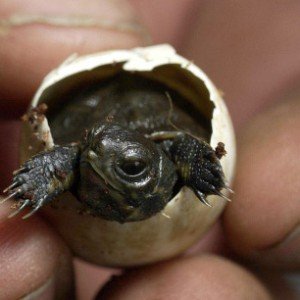
Omega-3 fatty acids
Another advantage of tortoise eggs is the content of omega-3 fatty acids, which effectively lower blood cholesterol and triglycerides. Omega-substances are extremely useful for the prevention of atherosclerosis, heart disease. They are necessary for the functioning of brain cells. Turtle eggs are rich in eicosapentaenoic and docosahexaenoic acids, the first of which is completely absent in the chicken product, and the second is found only in the so-called trace amounts. A lack of docosahexaenoic acid leads to impaired brain function, rapid aging of cells, and visual impairment. Eicosapentaenoic acid is important for lowering bad cholesterol, preventing thrombosis, heart attacks, strokes, hypertension and hyperlipidemia.
Minerals and Vitamins
In turtle eggs, 2 contains more minerals than duck or quail eggs, and almost 2,5 times more than chicken.
But where is such a big difference? Turtles are wintering animals and in order to survive hibernation, they need a large supply of nutrients. Their eggs contain more than 50 vitamins and minerals in proportions ideally balanced for humans. This product can serve as a source of vitamins A, B, D, E, as well as calcium, iron, magnesium, iodine.
Useful Properties
In many Latin American cultures, turtle eggs are considered an aphrodisiac. True, there is no scientific evidence of this yet. But the ability of the product to deduce radiation from the body, improve the condition in radiation sickness or malignant tumors, has long been proven in the laboratory. It is also useful for strengthening immunity, improving the state of the bone marrow, increasing hemoglobin, and also as a natural remedy against viruses and bacteria. This product is necessary for the restoration of vision, memory, metabolic processes. Important for the heart, nervous and circulatory systems.
 But they can be dangerous …
But they can be dangerous …
Turtles also get sick. Eggs laid by unhealthy females are also infected. And this is what all lovers of such exotic food should know. Below is a list of the most common infectious agents.
- Salmonella. This bacterium is quite common in turtle products. Researchers from Australia, after examining samples taken from reptiles, made a disappointing statement: 8 from 9 reptiles are infected with the salmonella bacterium. Once in the human body, it causes severe headaches, nausea, vomiting, seizures and diarrhea.
- Mycobacterium. At one time, a study of sea turtles living in the vicinity of the Hawaiian Islands, confirmed the presence of mycobacteria in their bodies, including those that cause tuberculosis in humans.
- Leptospira Not less sad results of experiments were announced by Californian biologists. They consider sea turtles to be a unique reservoir of bacteria, including those that cause leptospirosis. The disease is accompanied by fever, severe headache and muscle pain, chills, vomiting, rashes, and diarrhea. Lack of treatment for leptospirosis leads to renal dysfunction, meningitis, and even death.
- Parasites. Dangerous parasites living in different parts of the body of reptiles, also penetrate their blood, liver and eggs. Together with these products (in the absence of proper heat treatment), the parasites invade the human body.
At an early stage, poisoning by turtle eggs manifests as ordinary indigestion, but its effects are much more serious (especially for pregnant women and children).
But still, the main reason for the abandonment of turtle eggs by biologists is called the decline in the population of these reptiles. The extinction of the turtles will unbalance the marine ecosystem, which will become a serious problem of global scale.
Use as food
For culinary needs, they use only the eggs of aquatic turtles (and only certain species). This product can be recognized by its soft shell and its perfect spherical shape.
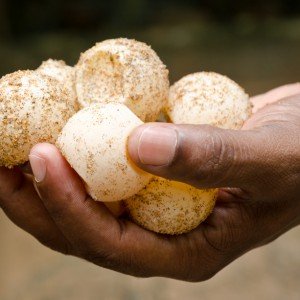
The threat of complete extinction of some species of turtles, especially sea turtles, has become the reason for the ban on the consumption and sale of eggs of “wild” reptiles. Instead, locals and tourists are offered a product from turtle farms. Although poachers are always ready to offer visitors the “forbidden fruit”.
Features of preparation
Cooks conducted an experiment using turtle and quail eggs, as products with almost the same size. The contents of both shells were simultaneously knocked out on a preheated pan. At the moment when the quail protein was already burnt, the turtle just began to thicken. To cook reptile eggs you always need a lot more time than for products obtained from birds. And there is an explanation. Over thousands of years of evolution, turtles have adapted to survive in the most extreme conditions. They live predominantly in latitudes with a hot climate, laying off their offspring in the hot sand. Under similar conditions, embryos of other living things would die from the heat. But nature has taken care that reptile eggs have increased heat resistance and adaptability. That’s the whole secret.
The use of turtle eggs can lead to the complete disappearance of the species even earlier than many people think. Females lay offspring only after reaching sexual maturity, that is, 30 years after birth. Every 2-5 years they hide in the sand over 60-130 eggs, but not all of them will become adult turtles. Many will fall on the plate gourmets. Nature has taken care to give the person all the necessary nutrients with this food. But man also needs to remember the protection of nature.
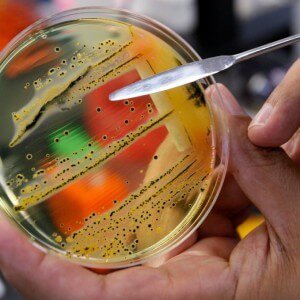 But they can be dangerous …
But they can be dangerous …